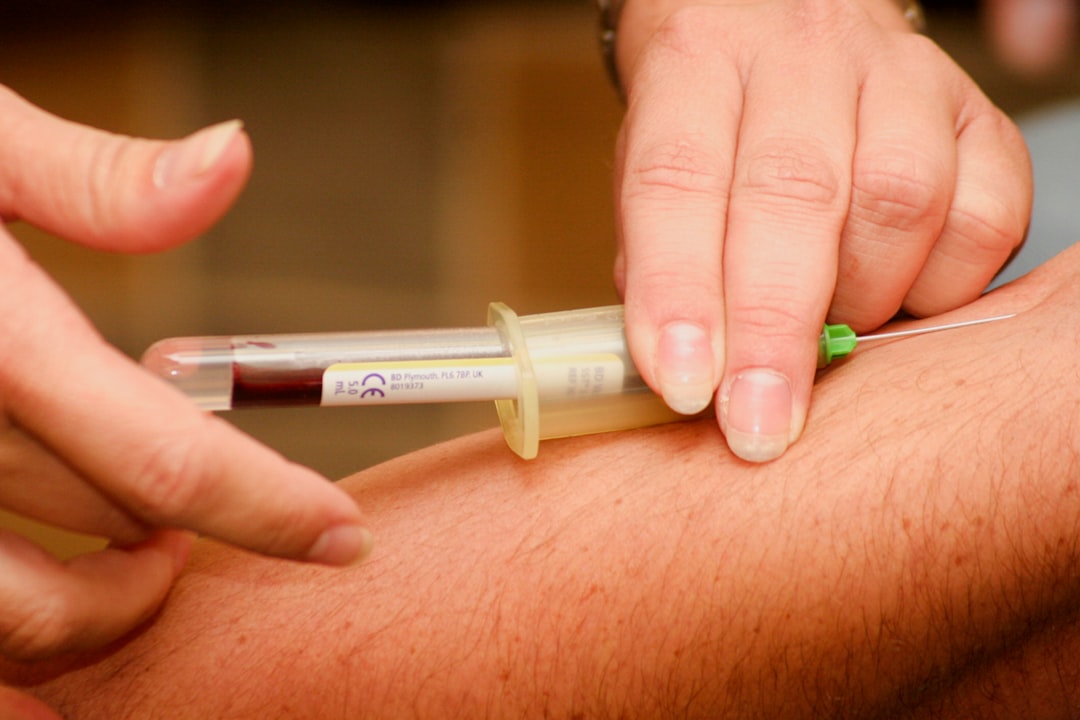What is it about?
Mucosal surfaces are potential pathogen entry points as they come into contact with various microbes, and IgA is a guardian of these surfaces. Which is why we wanted to see how IgA from different locations (saliva and blood) interacts with microbes. First we explore the binding of purified and fluorescently labeled salivary IgA with 24 different microorganisms, and conclude that microorganisms which possess IgA binding proteins display particularly high binding. Next we compare the selectivity of polyclonal salivary IgA to polyclonal serum IgA and conclude that there are differences in the two compartments.
Featured Image

Photo by Alfred Quartey on Unsplash
Why is it important?
IgA antibody class displays different repertoire in saliva and serum, which must be regulated on the cellular level. Also the IgA response can be governed by IgA1 or IgA2 subclass, which probably depends on the nature of the antigen, its invasiveness and the number of encounters.
Perspectives
This work could be part of the explanation of why secreted IgA does not produce durable protection against specific pathogens.
Rajna Minic
Read the Original
This page is a summary of: Selectivity of polyclonal repertoire of anti‐microbial IgA and its subclasses in saliva and serum in humans, Scandinavian Journal of Immunology, October 2022, Wiley,
DOI: 10.1111/sji.13223.
You can read the full text:
Contributors
The following have contributed to this page










